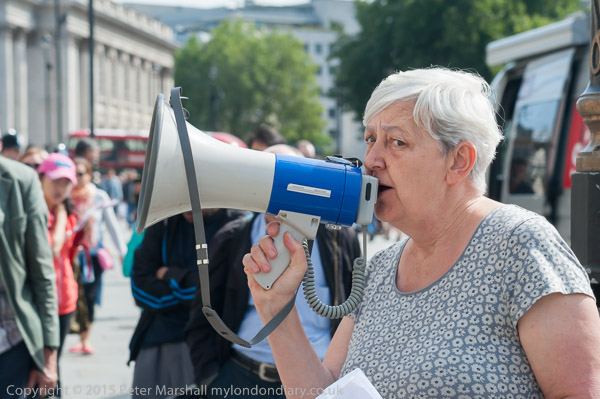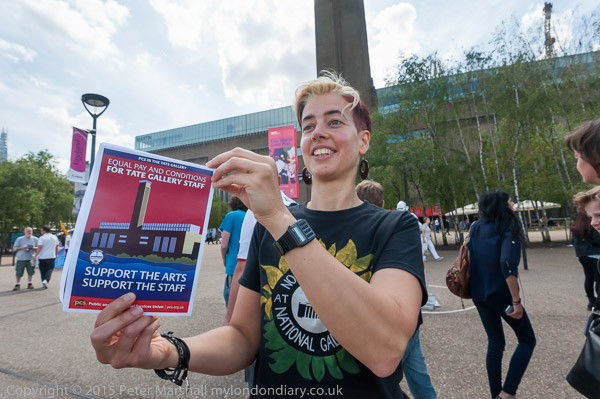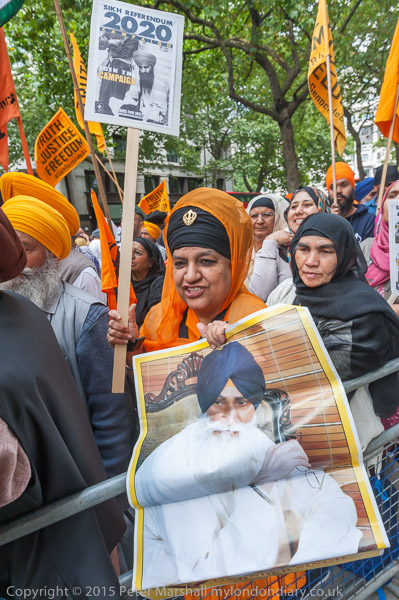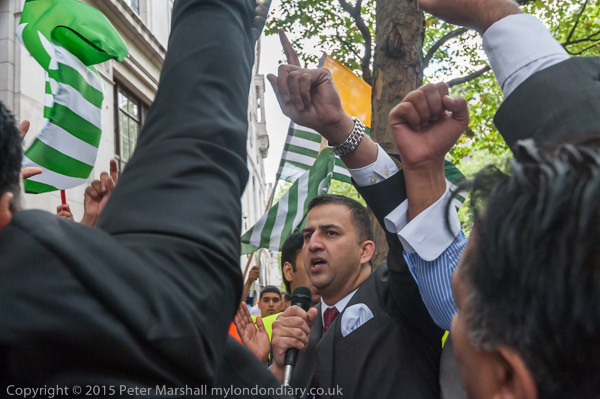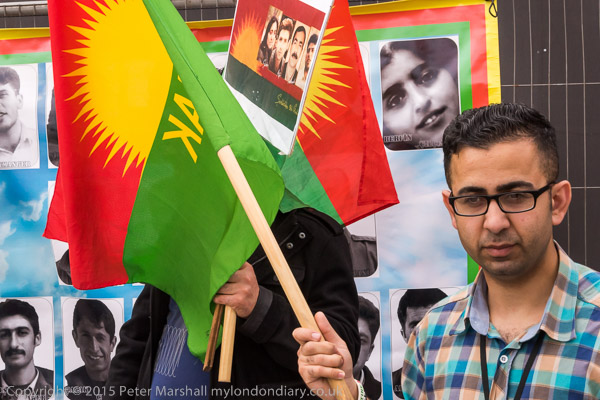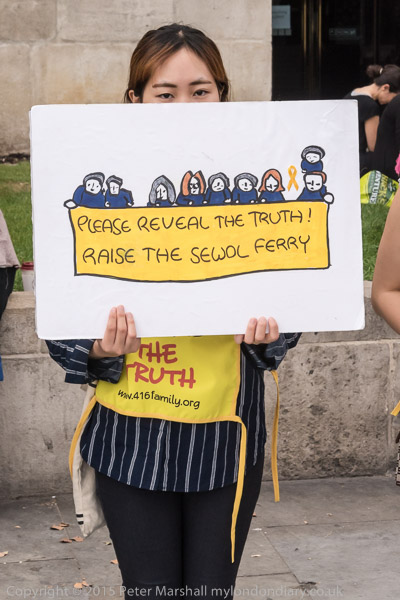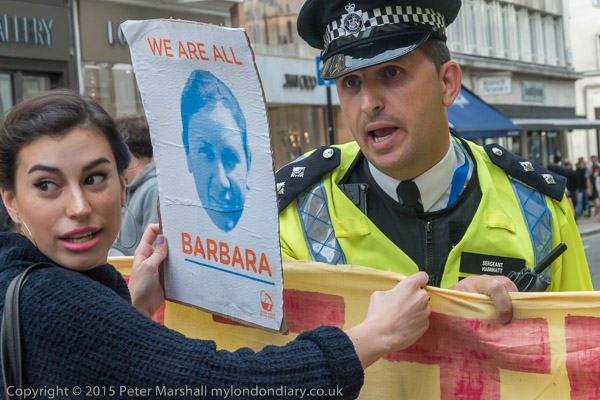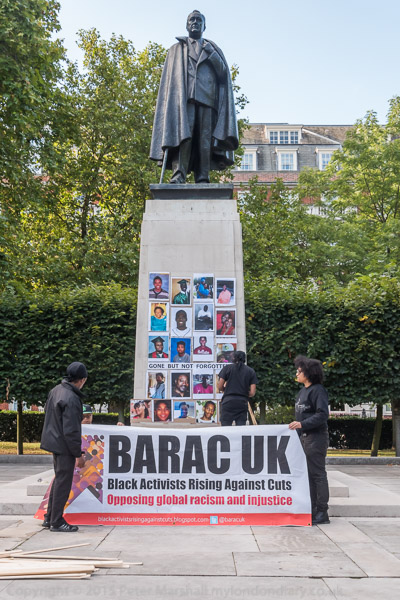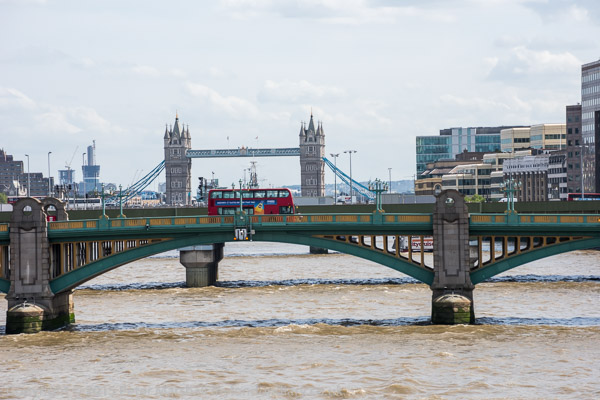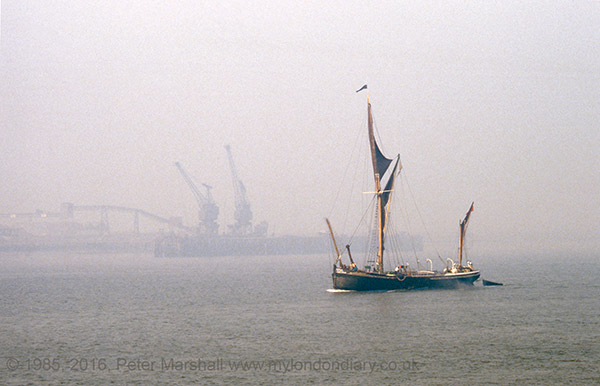
My trans-hate is directed solely at colour transparencies – such as this one which I took – I think – in 1984. I’ve almost always hated colour reversal film, though my earliest experiences with it, photographing an attractive young lady in a blossom-filled peach tree in my back garden were positive (though I rather hope none of the images survives) but, like that early romance, my romance with Agfachrome and Kodachrome was brief.
I wasn’t then a photographer. I had a camera and could afford to put perhaps one or at most two films a year through it – enough for a few holiday snaps, though sometimes one film would stretch to a couple of years. I didn’t have a projector, but my stepmother did and produced various out of focus and arbitrarily framed images largely of ageing relatives in their back gardens as well as a few or my father in the middle distance in front of a beach or cliffs (and he was handed the camera for a few similar if slightly sharper images of her) which would be projected as ‘entertainment’ at some family events.
The technical quality of the images wasn’t entirely her fault, as the Boot’s camera she used wasn’t the most capable of instruments. My own, a Halina 35X, long admired nose to glass at the local pawnbrokers (it made it there a year or two before the 1959 given as the date of introduction in the web article), and which had been bought with several years of saved pennies from my inadequate pocket money, was far more advanced, and did quite well until I dropped it in the lake at Versailles.
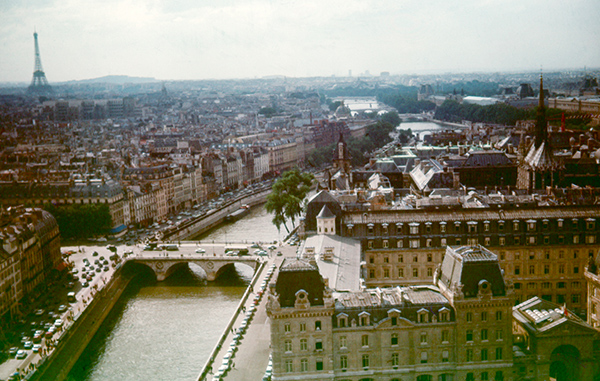
Paris image after pre-soak in the lake at Versailles before processing
Ten years later, when I finally dragged myself away from being an impecunious student and got a full-time job, one of my early purchases was a cheap Russian camera, a Zenith B. The B I think stood for ‘brick’, but while it was crude and chunky, at least (unlike their rangefinder I also tried) it had a reasonably accurate viewfinder, and most of the Russian lenses were decent copies of the German lenses whose designs had been a part of post-war reparations. Along with the camera I also bought a cheap Russian enlarger that folded up into a large box, some black plastic sheeting, plastic seed trays without holes in the bottom and a Paterson developing tank and converted first our spare bedroom and later the kitchen into a makeshift darkroom.
Black and white was then what serious photographers used and I spent much of my non-working time immersed in its chemistry, mainly keeping the colour transparencies for my holiday snaps. Before I set up my own darkroom, black and white had been an expensive option, but with 100 ft rolls of bulk film and box upon box of outdated paper it was now almost free (if not always in perfect condition.)
I’d retained an interest in colour, but now that seemed rather expensive although I fortunately won a decent-size block of Kodachrome in a competition – and that included processing. But otherwise the costs seemed high. I flirted briefly with Orwo – East German colour film based on the 1930s Afga patents at its orginal Wolfen plant, but found its strange purplish shadows and uncontrollable repulsive.
Also rather cheaper than Agfa or Kodak films were those produced in Italy by 3M/Ferrania and sold under various other names as well as the makers. When this also became available in bulk lengths I found that Paterson tank could process it (if not always quite perfectly with the aid of cheap third-party chemicals) and began to take more colour transparencies.
But apart from the vagaries of processing (and cheap commercial processing wasn’t always too reliable either) the limited ability of the transparency film to cope with anything other than flat lighting often disappointed. By then I’d move onto and Olympus OM1 and that had reliable through the lens metering, but it was still too easy to get over or under exposure, and with high contrast subjects empty black shadows were inevitable.
Colour print film was more forgiving in terms of exposure, but the cost of printing was high and it was considered unsuitable for reproduction. Outside of social photography, few serious photographers used it – clients demanded transparencies. It was largely an amateur medium for snaps of family and friends (though too expensive for cats and meals to feature much at that time – they had to wait for digital to take over) and the products available reflected this, not least in their relatively rapid fading and discolouration.
It was Fuji who changed this – at least so far as I was concerned. Their research led to longer-lasting dyes and purer colour in their negative films, which Kodak had rather neglected. Perhaps because they failed to give me a job when I went to Harrow for an interview when I first graduated as a chemist. They told me it was because they didn’t think I was interested enough in photography, but I felt it was more my working class background – photography back in the mid-1960s was still largely a middle-class hobby and Kodak management in the UK certainly reflected that.
Photographers of some note in the 1980s began to produce colour prints that excited me, and I found many were working with colour negative film. So in October 1985 I changed to Fuji colour negative films and paper for my personal colour work. After that date if I took a colour transparency it was because I was paid specifically to do so. Fuji’s lead also prodded Kodak into action, and later I found Kodak negative films I could use, though mainly I stayed with Fuji, and when I set up a colour paper processor in my darkroom it fed exclusively on their paper.
A little over 10 years later came another development that changed things for me, when I bought my first film scanner. With the possibility of supplying digital images from colour neg there seemed to be no reason ever to use transparency film again.
My problems with slides don’t stop there. Good filing systems for slides were expensive to set up, and whereas with negative materials you could label them on the negative filing sheet or contact sheet, slides required individual labelling. For projection they had to be in slide mounts (and at best in behind glass) but the mounts covered the edges of the images and usually they had to be removed for printing.
I never had the space, the money or the time to set up a good filing system for my slides. Only a minority ever got labelled, and over time some of that labelling on the slide mount got lost as slides were unmounted and remounted – sometimes in the wrong mount. Slides removed for projection didn’t always get back into the right filing pages. Although not completely chaotic, my slide filing system is certainly a mess.
In making German Indications I spent several days searching through for one particular image of a German factory building, but without success. I made a low-res black and white scan of it from the print (which is also now missing) in 1997 but that print was made in 1986 and I think the slide has been lost since then.

You’ll have to imagine the colour as I only owned a black and white scanner in 1997
Having to send slides – the original image – out to clients or for processing was always a slightly risky business. If they were to be reproduced in print they were often returned with fingerprints across them – print technicians were often rather careless especially I think with 35mm transparencies which they rather looked down on. Sometimes slides did get lost or badly damaged, and although I did get some compensation it was never more than nominal.
The image at the top of this piece certainly shows a barge in sail on the River Thames, but where or when I can’t now be sure. The folder the slide was in says 1984 and that seems likely, but the background could be a sand and gravel wharf almost anywhere on the lower Thames. I suspect from the width of the river (I think I was probably standing on the riverbank rather than in a boat) it may be at Greenwich, but despite this I’ve used it as the frontispiece – and the only colour image – in my other new book completed this week, Woolwich to the Darent – more about which in another post. It just seemed a picture that seemed to fit with the atmosphere and mood of the river and the book.


